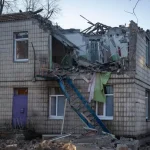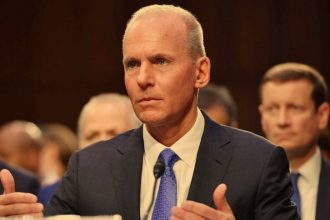After several failed efforts, North Korea successfully launched a military surveillance satellite this week.
North Korea claims that its newly launched military spy satellite has delivered visual photographs of major South Korean and US facilities to leadership.
On Friday, Kim Jong Un paid a visit to the Pyongyang General Control Centre of the National Aerospace Technology Administration to learn about the latest breakthroughs in the use of the spy satellite.
“Kim Jong Un learned in detail about the photos of major target areas in the enemy region, including Mokpho, Kunsan, Phyongthaek, Osan and Seoul, and of various regions in the country, taken by the reconnaissance satellite while passing through the Korean Peninsula from 10:15 to 10:27 a.m. that day,” the Korean Central News Agency, a state-run news agency, reported
According to the report, “The NATA reported to him on the plan for photographing the enemy region and the additional fine-tuning process of the reconnaissance satellite on the morning of November 25.”
Camp Humphreys, located in Pyeongtaek, is a US Army garrison and the US military’s largest overseas base.
Kim Jong Un returned to the command center on Saturday to evaluate further satellite photos, including those of South Korea’s Jinhae, Busan, Ulsan, Pohang, Daegu, and Gangneung provinces.
According to KCNA, North Korea also claimed to have photographed the Pearl Harbor naval installation and the Hickam Air installation in Honolulu.
No photographs of the alleged satellite imagery were released by North Korean state media.
The Joint Chiefs of Staff of South Korea confirmed the apparent success of the Malligyong-1 satellite launch into orbit on Wednesday, but stopped short of saying it was operational.
This was North Korea’s third attempt to launch a military spy satellite into orbit. The North Korean military attempted spy satellite launches in May and August, both of which failed owing to technical difficulties.
According to state media, similar operations will be carried out in the future to strengthen North Korea’s military capabilities.














